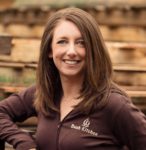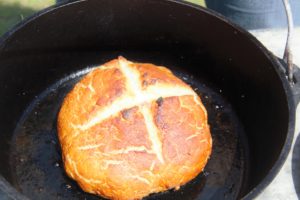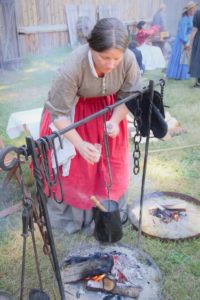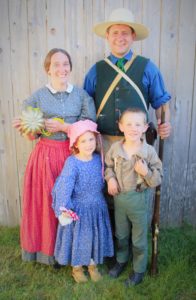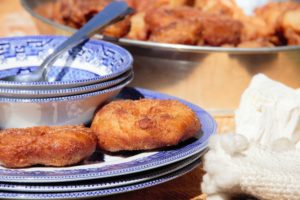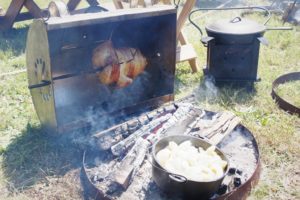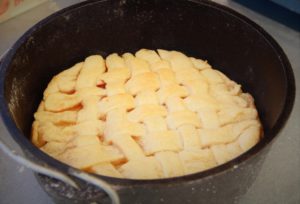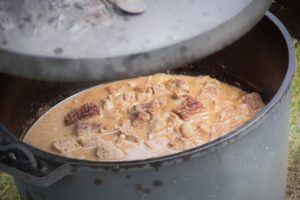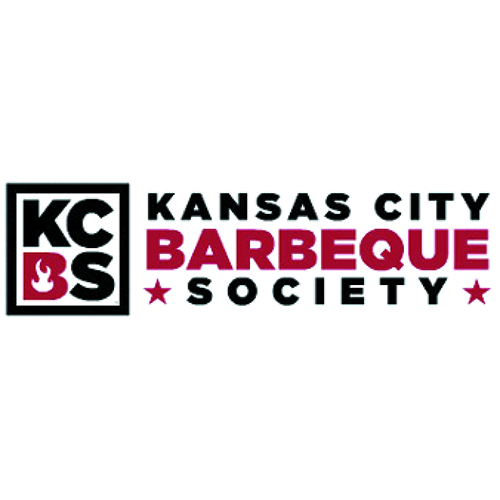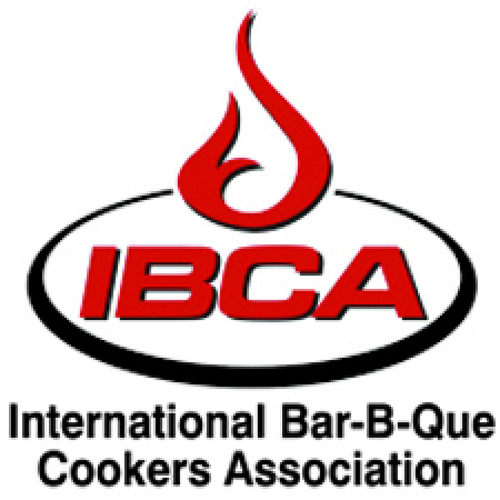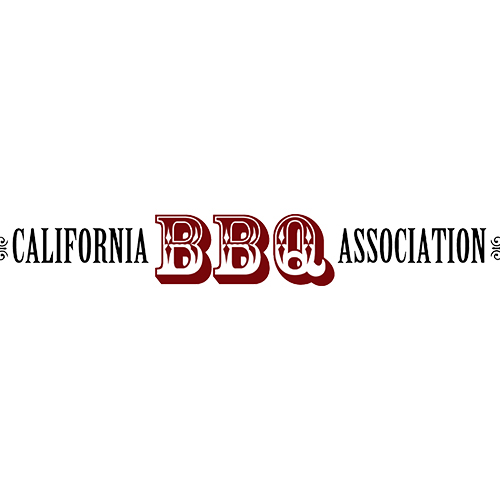Living History
By: Saffron Hodgson
All Photos Courtesy Of Saffron Hodgson
Keeping the food traditions of the past alive through cooking competitions
This month felt like a step back in time as I had the opportunity to both compete and judge in two 1800s themed competitions. It is an
easy decision to support these style of events, as the competitions facilitate research, learning, sharing, and discussion in history that would otherwise be lost.
Chuck Wagon Competitions
If you thought there was a financial hurdle in starting a competition barbecue team, this is nothing compared to Competition Chuck Wagon as there is no cheap entry point you must have a chuckwagon to enter. In fact, 50% of the overall points come from the wagon and its accessories. It is unique experience to be showing judges a shaving mirror, bottle of whiskey, grease bucket, gun, and a rope pulley system as just as a few examples of things they were looking for. These aren’t modern versions of these items but often original or replicas built in the traditional methods in a blacksmith forge, carpentry workshop, or hand sewn. I’m blessed to be lent this equipment from the Coyote Mule
Company out of Idaho.
Let’s talk food, this could possibly be one of the most difficult of all competitive outdoor cooking competitions I do for so many reasons, of course these, in turn, make it the most rewarding.
Before we look at what the turn-ins are, let’s think about the setup. Everything is set in the approximate time period of the 1890s. If the cowboys didn’t have it, or they couldn’t/didn’t carry it on a chuckwagon then you can’t use it. This includes everything plastic, most ingredients, and charcoal briquettes. Yes, we burn all our charcoal down from wood during the competition.
Now let’s look at what required on the cooking side, will firstly you get rations, like what you would have received when heading out, plus you may bring in some of your own ingredients to flavor your dishes. Additionally, you aren’t just cooking for a set of judges, in fact they just get the first serve and then you feed 30 to 50 hungry people.
If you’re thinking that means they must all the turn-ins are at the same time, you are correct. Five items all turned in at the same time! These are beans, potatoes, meat, bread, and dessert.
Fort Nisqually Living History Museum
Living history museums are a wonderful medium to promote and emerge yourself in history. If you have never been to one I strongly recommend it. A local one of these is Fort Nisqually in Tacoma, which has a wonderful and well programmed to give a variety of topics to focus on. The setup is accurate to what was happening at that exact location at that time which was the Hudson Bay Company trading post. This was the first native settlement non-native settlement on the Puget Sound, WA, this being a European settlement. Soon it was producing crops and livestock for local consumption and export to Russian America, Hawaii, Spanish California, Europe and Asia. Native Americans were welcomed at Fort Nisqually as friends, customers, fur traders, farm and livestock employees.
One of the many events of the day is ‘Plough to Plate’ which features an accurate cooking competition which I had the honor to be one of the judges for. It was wonderful to be seated next to the historic figure of Dr. William Fraser Tolmie, the Chief Factor (boss) at Fort Nisqually in 1855, who played his part well as he questions the entrants on how they acquired their produce, whether they had taken vegetables out of his garden, offered them jobs to work in his kitchen, and generally kept the spirit of the living history alive.
The competitors for this competition cooked on open-hearth fires, there were two primary categories, a main savory course, and a sweet dessert course. From this point on they could do anything that they wanted, however, we did judge it based on criteria such as historical accuracy, the story that surrounded the food, use of produce from the garden, accurate recipes to that time and as always taste
Some of the tools and techniques that I saw included…
Brazier – which is a portable charcoal burner, this version from the 18th century. Effectively it’s a small firebox with a hinged grate which
you fill with coals and can cook on or even move into with tent to heat during cold evenings.
Reflector fire – these were both used on old traditional woodfired stoves but could easily also be taken and used with an open fire. It is a variation on a rotisserie although you slowly turn the meat and pin it into different angles to the fire.
Dutch Oven – often one of the most frequently used techniques in outdoor cooking during the pioneering times of America. The Dutch
Oven is a great option to cook in including boiling, deep frying, and baking.
Salt and Pepper Brisket Stew Recipe
This is my entry to the brisket meat category for the Chuck Wagon, that received first place. There aren’t really any ingredients to it, as the cowboys didn’t have access to any. It is more of a series of steps and techniques to create an amazing and complex main that you couldn’t believe is pretty much just meat.
Ingredients
Full packers cut of brisket
Salt, to taste
Pepper, to taste
2 onions, if available
Instructions
Butcher the brisket to separate the deckle from the flat and trim of fat. (the fat can be rendered down for use in bread, and other recipes. Dice the flat into cubes, this depends on the thickness of the brisket, but typically about 2-inch squares. Season with salt and pepper. Heat some of the trimmed fat in a large Dutch Oven until it has rendered down a little bit creating a good layer of fat on the bottom. Now fry the cubed brisket flats (which are quite lean) until browned. Add water until the brisket is covered, then simmer off to the die of the fire until tender, but not falling apart. Take the deckle of the brisket, with the chunks of fat removed, then dice into small pieces less than an inch in size. Season with salt and pepper. Place in a preheated medium-sized Dutch Oven and cook. There is no need to add any trimmings to this part as there is still a lot of fat in the marbling of the deckle. If you have available onions, add them diced now. Once the meat is browned and the onions softened add about an inch of water and simmer. This will slowly cook the meat, but also evaporate away, allowing the brisket to stick and brown. Add a little more water to the hot pan while stirring to make sure that the brisket is no longer stuck to the bottom of the Dutch Oven. Repeat this multiple times, each time the brisket is getting browner, the sauce richer, and deeper in flavor. Eventually, the brisket deckle will be so tender it will completely fall apart and create a rich gravy.
Just before serving bring the flat back to the boil, by now much of the moisture from this cook will have evaporated. Taste the deckle gravy, add more salt and/or pepper as needed to match your taste. Combine the two Dutch ovens into the larger of the two. Serve with fresh Dutch Oven made bread.

